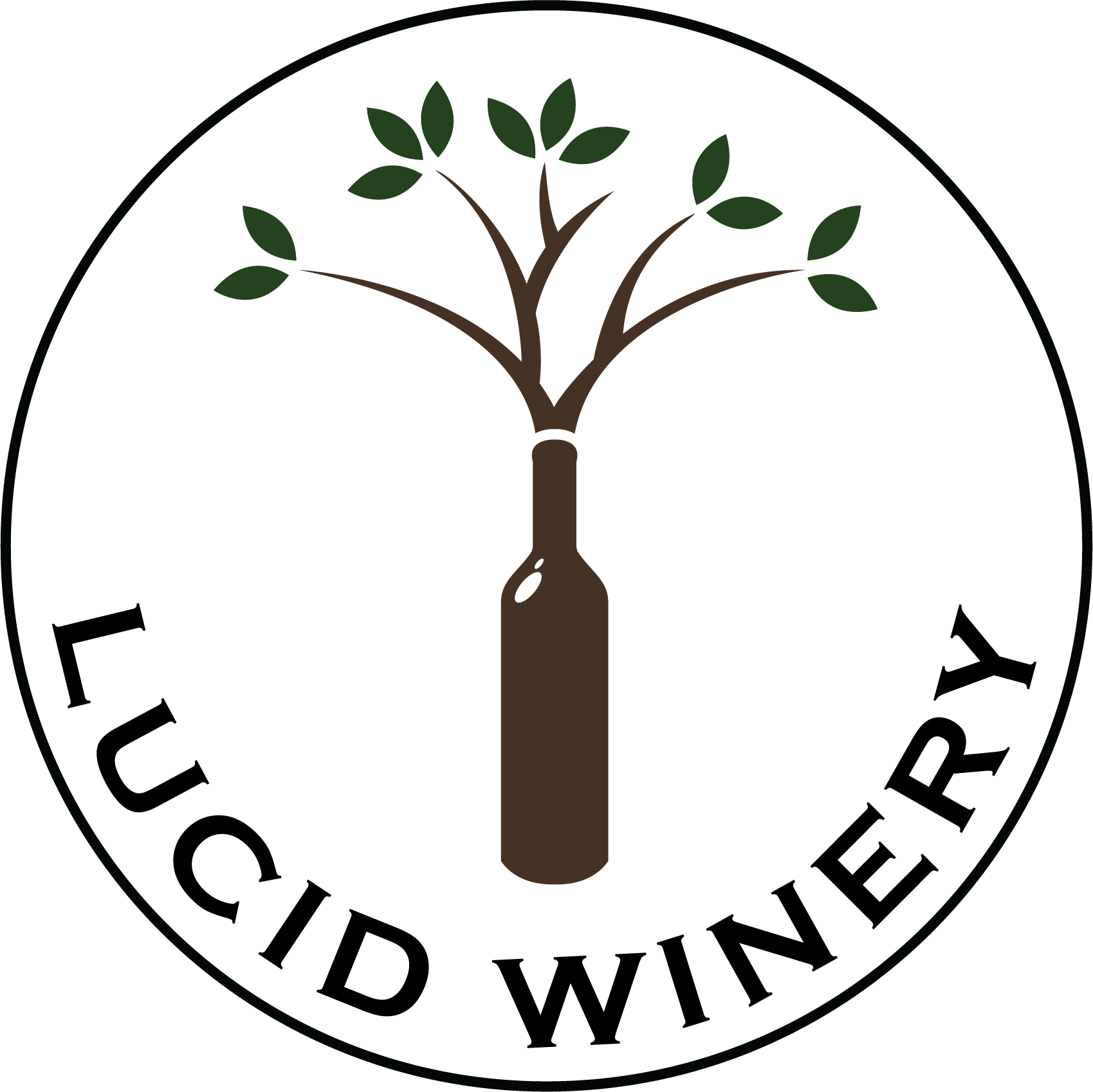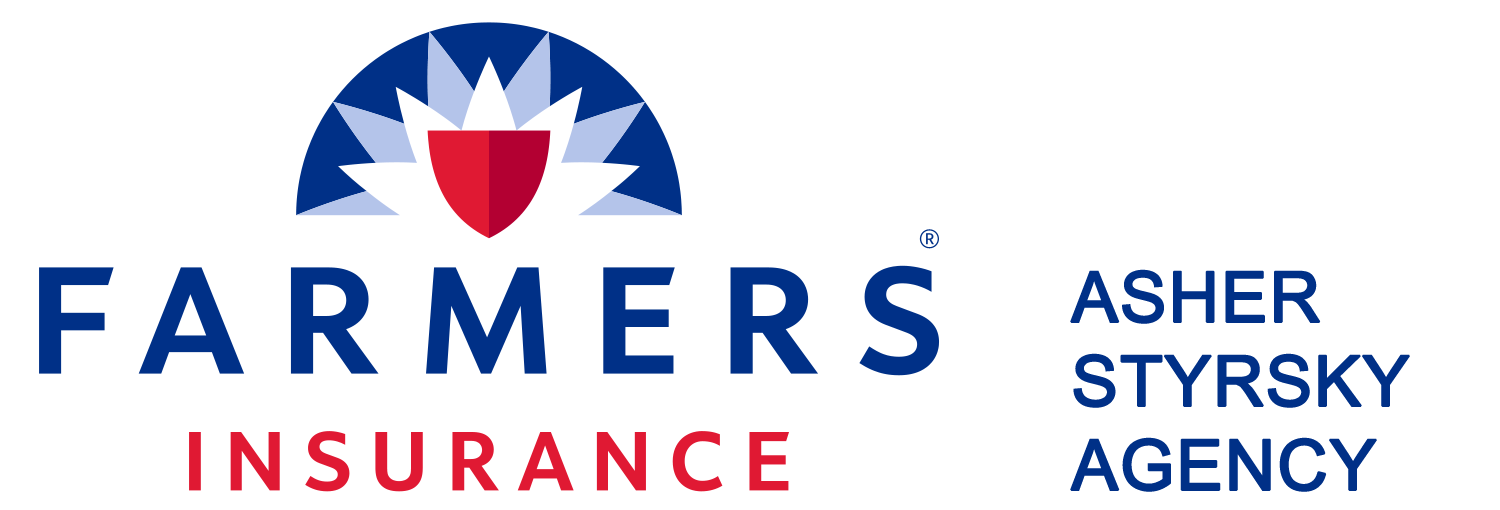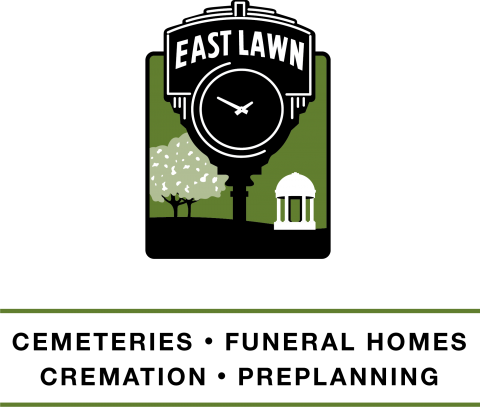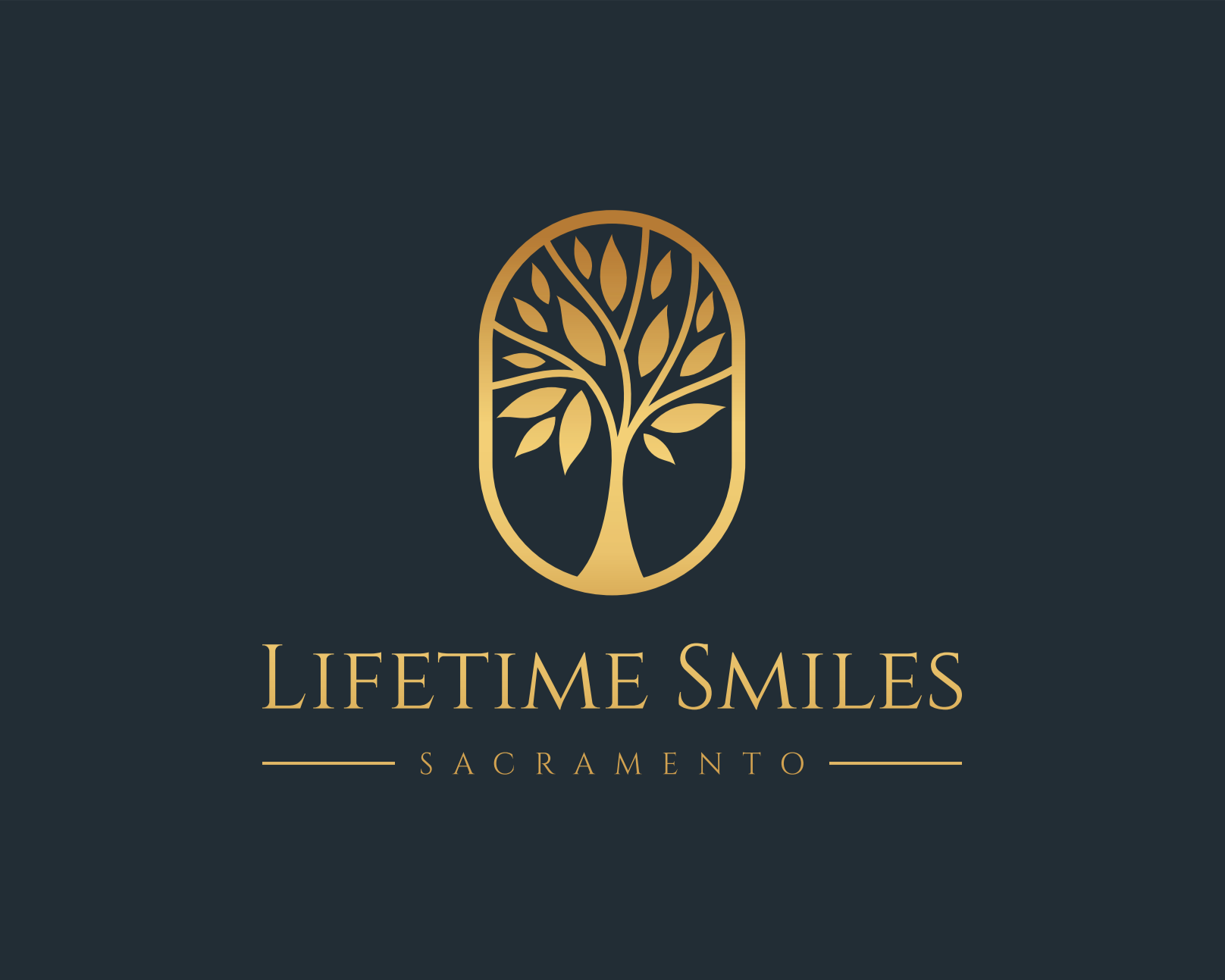Subscribe to our Newsletter!
 East Sacramento Preservation
East Sacramento Preservation
Category Archives: Uncategorized
East Sacramento J and Folsom lane conversations–how are they working?
 A message from Councilman Steve Cohn about the J and Folsom lane conversions.
A message from Councilman Steve Cohn about the J and Folsom lane conversions.
Staff Completes “Before” and “After” Evaluation of the J Street and Folsom Boulevard Conversions
In August 2013, the City’s Public Works Department put parts of J Street and Folsom Boulevard on a “road diet”. The lane conversions were implemented, changing the streets from four lanes to two lanes with a center two-way left turn lane. The goal was to provide for a “complete street” that balances the needs of all users, auto drivers, bicyclists and pedestrians. I believe we have accomplished these goals.
I have heard positive feedback from residents and businesses that live and work along the J Street and Folsom Boulevard corridors. They feel safer exiting driveways, riding their bikes and crossing streets. I initially heard from a few people who had concerns about increased travel times, which prompted City Traffic Engineering to make a few adjustments to signal timing. I also asked staff to monitor the new configuration and prepare an evaluation including travel data for the two roadways with emphasis on Average Daily Traffic (ADT) volumes, travel time and travel speed, for
Folsom Boulevard and J Street within the project limits.
A summary of the report findings follows:
· Motor vehicle Average Daily Traffic (ADT) slightly increased by 2% on Folsom Boulevard and 6% on J Street concluding that there was no change or redistribution of traffic to parallel streets in the period before and after the project..
· There was no change or redistribution of traffic to parallel streets in the period
before and after the project.
· Travel speed decreased by 3% on Folsom Boulevard and 4% on J Street.
· Travel time decreased by 35% and 21% on Folsom Boulevard eastbound during
the AM and PM peak hours and by 23% and 29% westbound during the AM and
PM peak hours.
· Travel time decreased by 27% and 29% on J Street eastbound during the AM
and PM peak hours but increased by 13% and 8% westbound during the AM and
PM peak hours.
· Public response has been positive for the changes on Folsom Boulevard.
· Sacramento Area Bicycle Advocacy (SABA) and several residents raised concerns and requested bike lanes to be installed along J Street. The City Council will consider these bike lanes in July.
Posted in Uncategorized
Comments Off on East Sacramento J and Folsom lane conversations–how are they working?
Water, Drought and East Sacramento
Here is an NPR story about East Sacramento and water conservation. East Sacramento resident, Peter Gleick, was interviewed for this story. After the story, ESP offers some additional water saving tips from a sister neighborhood group in Hawaii.
Meters Would Help Sacramento Homes Save More Water, NPR Story
STEVE INSKEEP, HOST:
The drought in California is growing more serious by the day. Yet, one-quarter million homes in California still lack the most basic conservation device there is – a water meter. Nowhere is this problem more clear than in the state capital, Sacramento. Joe Rubin reports.
JOE RUBIN, BYLINE: It’s not quite daylight when, at 5:15 a.m., Ron Carpenter hops in his car and begins to patrol the Sacramento neighborhood, looking for signs of lawn watering.
RON CARPENTER: Up here it looks pretty shiny down here. Let’s see what this is.
RUBIN: Carpenter works for the city of Sacramento’s water conversation unit. More than 60 percent of water use in Sacramento is used in residential irrigation, like this.
CARPENTER: I see a lot of water in the gutter.
RUBIN: To cut down on all that lawn watering, the city has limited sprinklers to two days per week. Today is a no-water day. First-time violators just get a warning. But fines for repeat offenders quickly climb to $1,000.
CARPENTER: Definitely, the sprinklers have been on with no doubt. No question about this one.
RUBIN: One of the reasons Sacramento is putting so much energy into enforcement is because the city lacks a critical conservation tool most Californians have had for generations – water meters. Meter customers typically used 20 to 30 percent less water. But only about half the homes in Sacramento have meters. And the city doesn’t plan to finish installing them until a 2025 state deadline.
PETER GLEICK: The truth is it’s ridiculous, in the 21st century, for us not to be measuring, and monitoring and managing properly, the scarce resource that is water.
RUBIN: Peter Gleick heads the Pacific Institute, a California nonprofit think tank focused on water policy. Given the severe drought, Gleick and several newspaper editorials have called for the state to move up its water meter mandate. In this Sacramento neighborhood, residents are getting water meters installed for the first time. But while some other California cities like Fresno have installed meters quickly and cheaply, Sacramento’s project is both expensive – nearly half a billion dollars – and very time-consuming. There are two things which make the job so involved. In the first place, officials decided to set the meters inside sidewalks rather than landscaping them into lawns. And that means a lot of sidewalk demolitions, as is happening at this noisy job. But the biggest reason getting water meters installed is taking so long is because the city says they have to relocate 170 miles of back alley water mains to streets. It’s only after those water mains are replaced that water meters are installed.
CHRIS POWELL: You’re either going to pay now or you’re going to pay later.
RUBIN: Chris Powell, construction supervisor for the city’s Department of Utilities, says to understand why that is necessary, think of aging water mains the way you would an old car.
POWELL: OK, at 10 years, you start making that decision – well, do I keep putting money into it and keeping it going? – knowing that eventually, you’re going to have to buy a new car.
RUBIN: But just a few miles away, Sacramento’s neighbor, the city of Elk Grove, is approaching their water meter job completely differently, as worker Richard Salas explains, because they’re neatly placing meters in lawns, there are no sidewalk demolitions here.
RICHARD SALAS: Here, I just bring in sand and rock and, using a little bit of native dirt, put the sod back in. We’ll come back and reseed it, fertilize it, water it, and it’ll be done.
RUBIN: And as is common in Sacramento, this house also has a water main in the back instead of in front of it. But rather than spending a lot of money and time replacing it, Elk Grove water district general manager Mark Madison says it’s fine. His workers are attaching a water meter to it and moving on.
UNIDENTIFIED WORKER: I’m making the connections right now to the water meter.
(SOUNDBITE OF ARCHIVED RECORDING)
MARK MADISON: In our opinion, there are backyard mains that are OK. Typically, you would want to relocate a backyard main because either its condition is poor, or the nature of that particular main, relative to property, represents a liability to the agency.
RUBIN: Because of the simplicity of Madison’s approach in Elk Grove, his water district plans to be fully metered this summer. Sacramento actually had a chance to simplify its approach several years ago. That’s when the city’s auditor put out a report that said water mains were unnecessarily being replaced. But the Department of Utilities disagreed with the audit’s findings and is sticking with its plan despite the urgency of the drought. For NPR News, I’m Joe Rubin in Sacramento.
INSKEEP: It’s MORNING EDITION from NPR News. Transcript provided by NPR, Copyright NPR.
HOW TO REDUCE WATER CONSUMPTION BY 25%
Listed are some ways to conserve water and reach the 25% goal:
• Wash full loads of laundry or dishes at a time.
• Check faucets and pipes for leaks.
• Serve drinking water only when requested.
• Keep a container of drinking water in the refrigerator.
• Do not let the faucet run unnecessarily.
• When bathing, use water only to wet and rinse off.
• Do not fill up the bathtub.
• Use a glass to rinse when brushing your teeth.
• Stop lawn sprinkling.
• Stop car and boat washing.
• Stop dust control watering.
• Use drinking water wisely.
Posted in Uncategorized
Comments Off on Water, Drought and East Sacramento

















 Subscribe In A Reader.
Subscribe In A Reader. Check Us Out On Facebook!
Check Us Out On Facebook! Check Us Out On Twitter!
Check Us Out On Twitter! Visit Nextdoor!
Visit Nextdoor!








